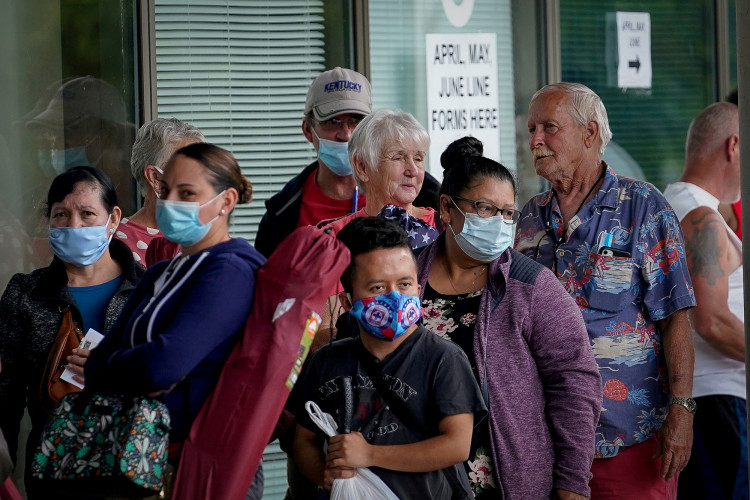The U.S. labor market surged in September, as employers added 254,000 jobs, significantly surpassing economists' expectations and easing concerns about the economic outlook. The job gains, released by the Bureau of Labor Statistics (BLS) on Friday, highlighted the resilience of the U.S. economy despite ongoing challenges, and the unemployment rate fell to 4.1% from 4.2%.
The job creation figure was well above the 150,000 forecasted by economists and marked a sharp increase from the revised August total of 159,000. The September data revealed strength across key service industries, including health care and hospitality, signaling robust demand for labor. "We had a bounce-back now in September from what were relatively sluggish numbers in July and August," said Brian Bethune, economist and professor at Boston College, in an interview with CNN. "It looks like we're still on track. The economy is expanding and we have a very high probability of achieving a soft landing."
The health care sector led job growth, adding 71,700 positions, while the leisure and hospitality industry, which had been lagging in recent months, contributed 78,000 new jobs. Together, service industries accounted for 202,000 of the total job gains in September, reflecting the continued recovery of sectors hardest hit by the COVID-19 pandemic. The construction industry also posted solid growth, adding 25,000 jobs, while the manufacturing sector saw a slight decline, shedding 7,000 jobs.
Average hourly earnings rose by 0.4% in September, and wages were up 4% year-over-year, both figures exceeding economists' estimates. "It was 'wow' across the board, much stronger than expected," said Kathy Jones, chief fixed income strategist at Charles Schwab. "The bottom line is it was a very good report. You get upward revisions, and it tells you the job market continues to be healthy, and that means the economy is healthy."
The labor force participation rate held steady at 62.7%, while a broader measure of unemployment, which includes discouraged workers and those working part-time for economic reasons, fell to 7.7%. Additionally, the employment-to-population ratio ticked up to 60.2%, further indicating that more Americans are finding full-time work. Full-time employment increased by 414,000, while part-time jobs dropped by 95,000, showing a tilt toward more stable employment opportunities.
The strong job report comes as the Federal Reserve closely monitors labor market conditions to inform its interest rate policy. With inflation showing signs of easing, the Fed is expected to continue lowering rates at a gradual pace. The robust job growth in September likely solidifies the central bank's cautious approach to rate cuts. "The economic expansion remains on course for now," said Chris Rupkey, chief economist at FwdBonds LLC, in a report. "The outlook for the economy in the months ahead is quite favorable according to the September jobs report."
Fed Chair Jerome Powell, earlier this week, described the U.S. labor market as "solid" but acknowledged that job growth had slowed in recent months. Despite this moderation, there has been little evidence of significant layoffs, as new claims for unemployment benefits have remained steady. Business surveys, including the Fed's Beige Book, have indicated that companies are maintaining their workforce levels even as hiring has cooled. The upward revision of job growth numbers for July and August reinforces this sentiment, with July's gains now standing at 144,000, up by 55,000 from previous estimates.
The stronger-than-expected jobs report also pushed stock market futures higher on Friday, with Treasury yields moving sharply upward. The labor market's continued resilience adds complexity to the Fed's monetary policy decisions. While Powell and other Fed officials have signaled a willingness to lower interest rates, there is ongoing debate within the market regarding the pace and magnitude of future cuts. Powell suggested earlier this week that the Fed may proceed with quarter-point rate reductions through the end of the year.
The health of the labor market will be a key factor in shaping the Fed's strategy. September's data suggests that the economy remains on solid footing despite concerns earlier this year about slowing growth. "We are in a situation where the labor market is still showing strength, and inflation has been tamed to an extent, so the Fed has room to navigate," Bethune noted.






